Cheongchun Balsan Village (청춘발산마을)
4.5Km 2025-08-13
12-16 Cheonbyeonjwa-ro, Seo-gu, Gwangju
Balsan Village is a representative neighborhood of Gwangju and is a prime example of how something amazing can come out of hardship. First settled by Korean war refugees, the small houses jam-packed on a hillside attracted young people looking for work in the 1970s and '80s, mainly females working in the garment factories nearby. Recently, the addition of colorful murals and public spaces has given the village a breath of new life.
MADRID Business Hotel Gwnagju (유)한성 마드리드 광주호텔)
4.5Km 2024-12-22
11 , Gwangsan-ro 19beon-gil, Gwangsan-gu, Gwangju
+82-62-941-0500
The Madrid Hotel in Gwangju, Jeollanam-do, is right across from KTX Gwangju Songjeong Station, and not far from Gwangju Airport, giving excellent transport access. Nearby tourist destinations include the Sangmu shopping and business district, Kimdaejung Convention Center, Songjeong Tteokgalbi Street, and the 1913 Songjeong Station Market. It is also easy to move to Pyeongdong Industrial Complex, Sochon Industrial Complex, Naju Innovation City, etc. The hotel was used as the headquarters hotel for the 2019 World Aquatics Championships, and received good reviews for its neat and clean facilities and friendly service.
Himart - Suwan Branch [Tax Refund Shop] (하이마트 수완점)
4.6Km 2024-04-16
91, Jangsin-ro, Gwangsan-gu, Gwangju
-
Gwangju Aura Hotel (광주 아우라 비즈니스 호텔)
4.6Km 2024-12-22
28 , Songjeong-ro 1beon-gil, Gwangsan-gu, Gwangju
+82-62-942-0060~0061
The Aura Hotel in Gwangju, Jeollanam-do, is a business hotel directly opposite KTX Songjeong Station, which offers clean and comfortable rooms with spacious bathrooms and an elegant atmosphere. Transport connections are good, with Gwangju Airport and Gwangju 2nd Ring Road just 10 minutes away, Must-visit Gwangju sights Songjeong Tteokgalbi Street, 1913 Songjeong Old Market, and Songjeong 5-Day Market are also nearby.
Gwangju KIA Champions Field (광주-기아 챔피언스 필드)
4.7Km 2025-08-06
10 Seorim-ro, Buk-gu, Gwangju
070-7686-8000
Gwangju KIA Champions Field is the first open-air stadium in the country and houses INC COFFEE, making it a must-visit attraction for baseball fans. The café offers spacious seating and various bakery items– with the baseball-shaped bread being the most popular. There is also a photo zone, allowing visitors to capture the memories of their trip. With a seating capacity of 20,500, tickets for the seats can be purchased online or on-site.
Olive Young - Gwangju Songjeong Station Branch [Tax Refund Shop] (올리브영 광주송정역)
4.7Km 2024-04-22
1F, 207, Sangmu-daero, Gwangsan-gu, Gwangju
-
1913 Songjeong Station Market (1913송정역시장)
4.8Km 2025-08-12
13 Songjeong-ro 8beon-gil, Gwangsan-gu, Gwangju
Songjeong Station Market was opened in 1913 in connection with the opening of Gwangju-Songjeong Station. For many years, the market was the go-to-place for necessary items and produce, but with the increase of large supermarts in the 1990s, people began to visit traditional markets less and less. In order to increase the liveliness of Songjeong Station Market and showcase the difference between modern marts and a traditional market, the entire space was redesigned around the theme of time.
The newly redesigned 1913 Songjeong Station Market, located just across the street from Gwangju-Songjeong KTX Station, has a bright appearance with modern-styled architecture and signboards detailing the history of the various shops. Visitors can enjoy all the classic market foods here, such as hotteok (hot griddle cakes), gyeran bap (rice with egg), and eomuk (fish cake).
Jungoe Park (중외공원)
4.9Km 2021-10-25
52, Haseo-ro, Buk-gu, Gwangju
+82-62-613-7100
Jungoe Park is one of the nation's most famous leisure spaces. There is a children's grand park, the Olympic Garden, and the Olympic Monument. The children's grand park is especially popular on weekends and holidays.
There is also a folk museum, an education center, and the Biennale Exhibition Hall in the Biennale & Museum section of the park.
The park is most popular during fall for its beautiful foliage. In addition, the Rainbow Bridge is a symbol of the Biennale and was installed during the 1st Gwangju Biennale.
Gwangju Museum of Art (광주시립미술관)
5.2Km 2022-09-02
52, Haseo-ro, Buk-gu, Gwangju
+82-62-613-7100
The Gwangju Museum of Art was founded on August 1, 1992, to promote local artists. In 1996, it served as the venue for the Gwangju Biennale. The museum holds over 560 works, including those from Heo Baekryeon, Oh Jiho, Yang Su-ah, and Im Jik-sun, all local artists. In addition to the permanent exhibitions, the museum also has special planned exhibitions and other cultural programs.
Olive Young - Gwangju Yongbong Branch [Tax Refund Shop] (올리브영 광주용봉지구)
5.2Km 2024-04-18
39, Yongbongtaekji-ro, Buk-gu, Gwangju
-
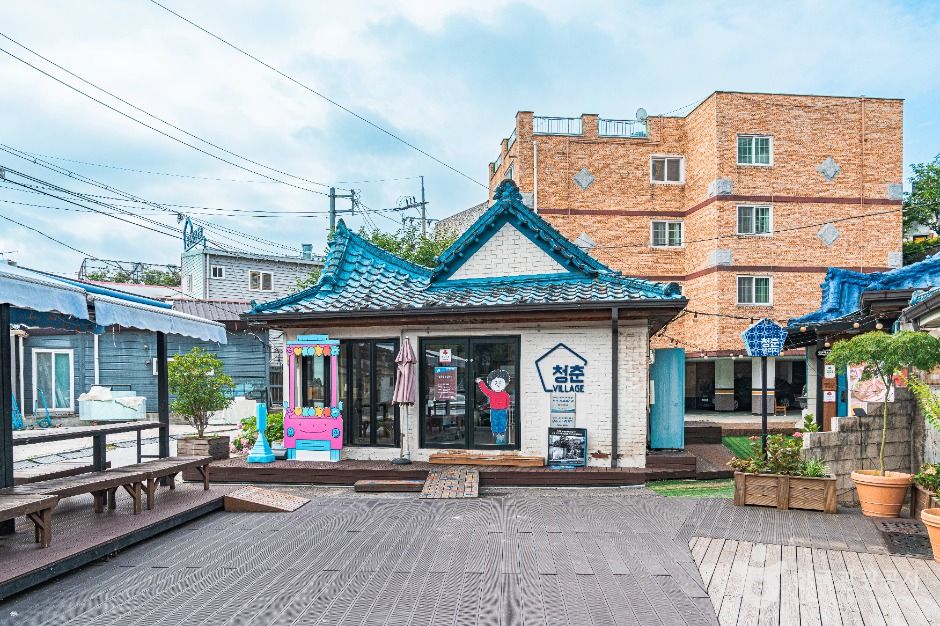
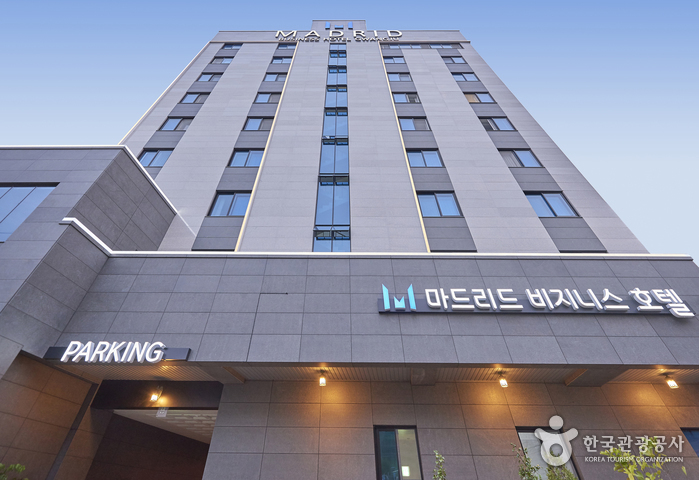
![Himart - Suwan Branch [Tax Refund Shop] (하이마트 수완점)](http://tong.visitkorea.or.kr/cms/resource/35/2886935_image2_1.jpg)
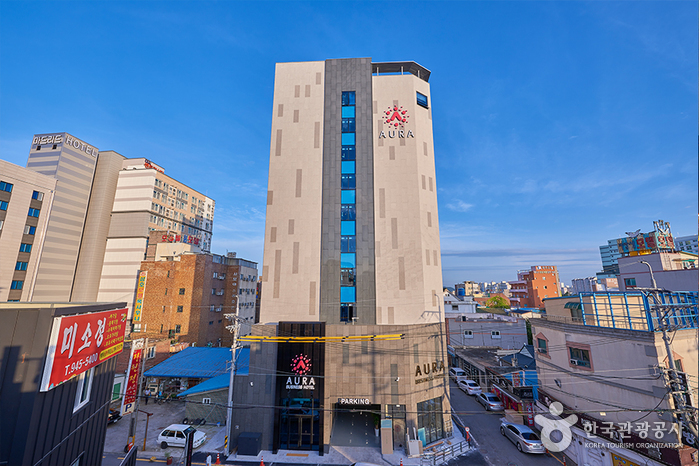

![Olive Young - Gwangju Songjeong Station Branch [Tax Refund Shop] (올리브영 광주송정역)](http://tong.visitkorea.or.kr/cms/resource/88/2886988_image2_1.jpg)
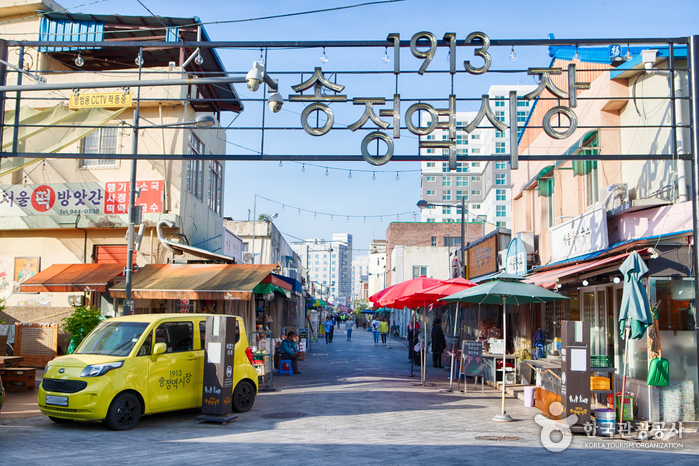
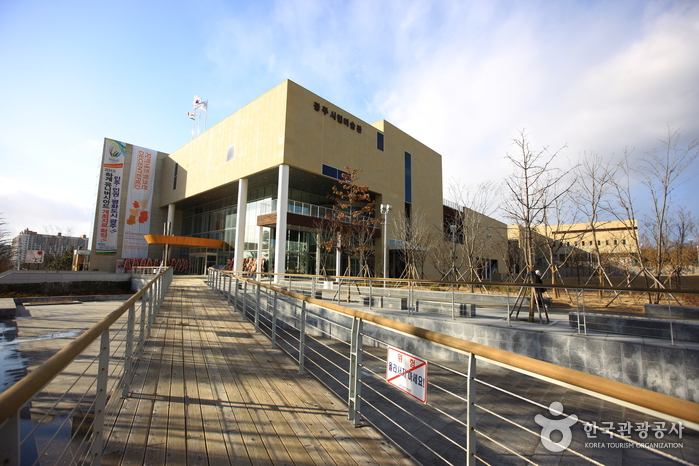
![Olive Young - Gwangju Yongbong Branch [Tax Refund Shop] (올리브영 광주용봉지구)](http://tong.visitkorea.or.kr/cms/resource/27/2886827_image2_1.jpg)
 English
English
 한국어
한국어 日本語
日本語 中文(简体)
中文(简体) Deutsch
Deutsch Français
Français Español
Español Русский
Русский